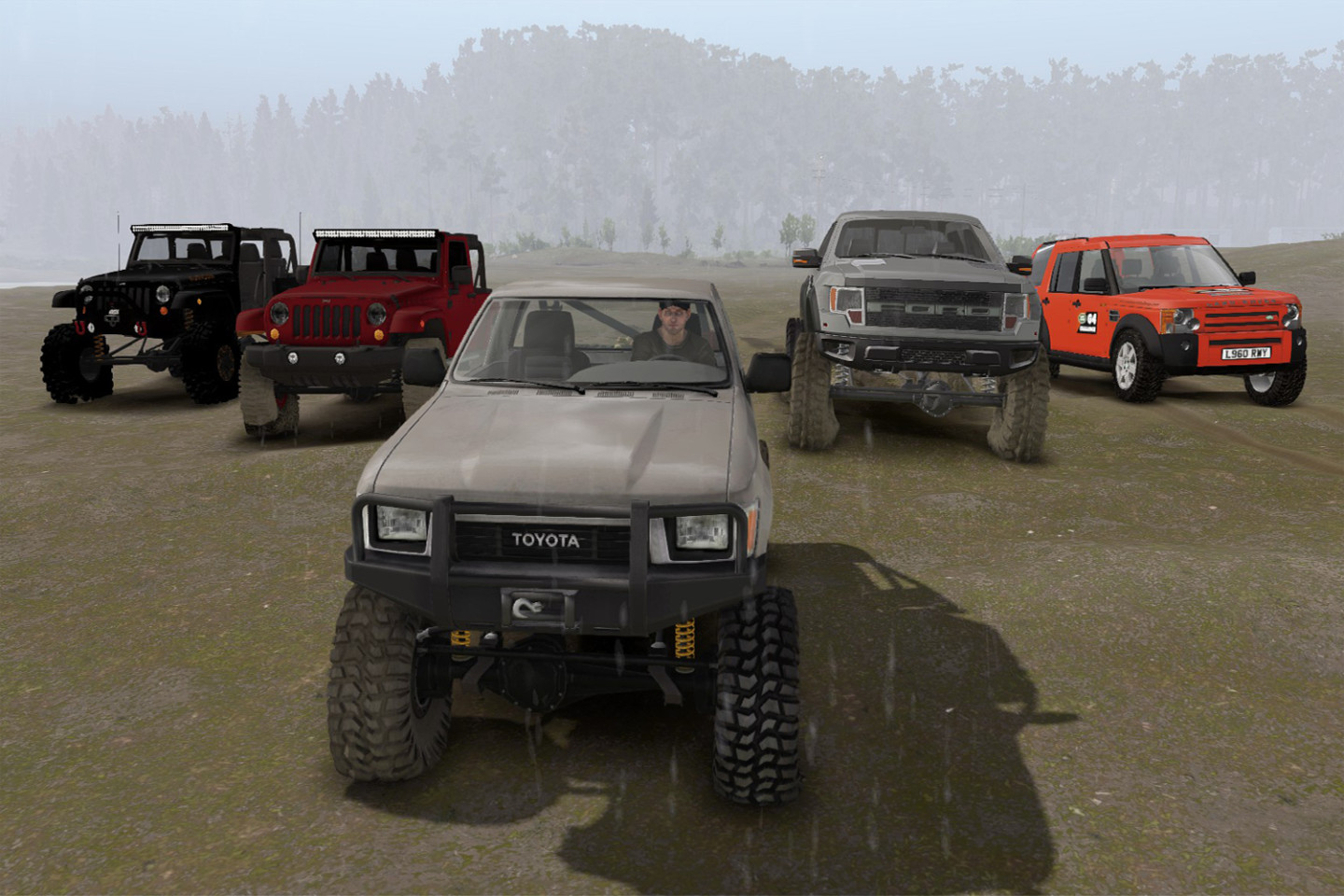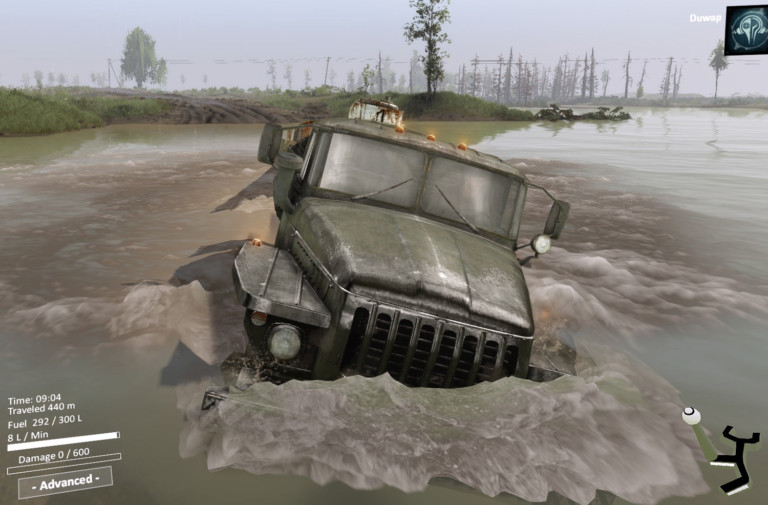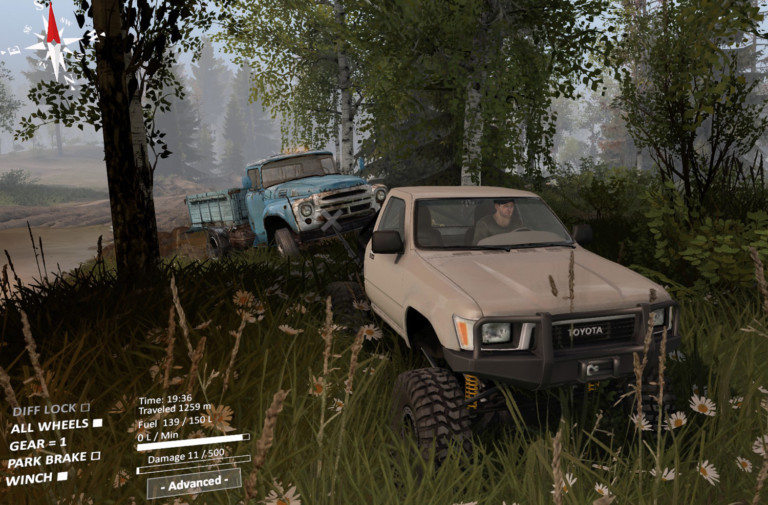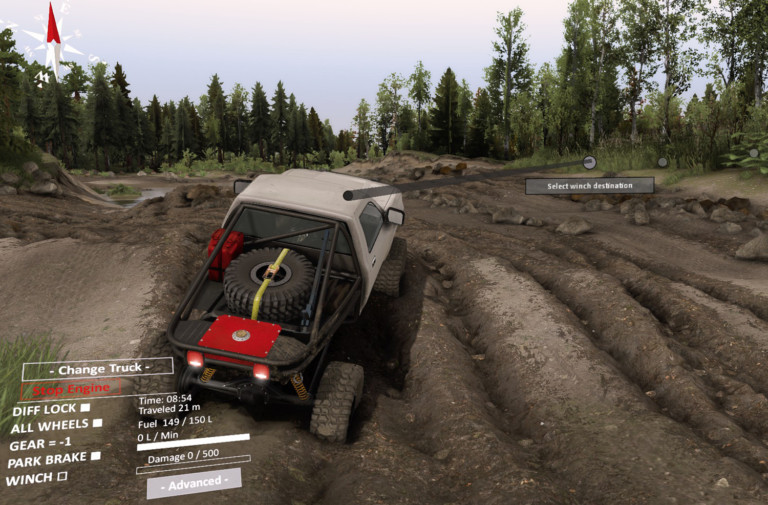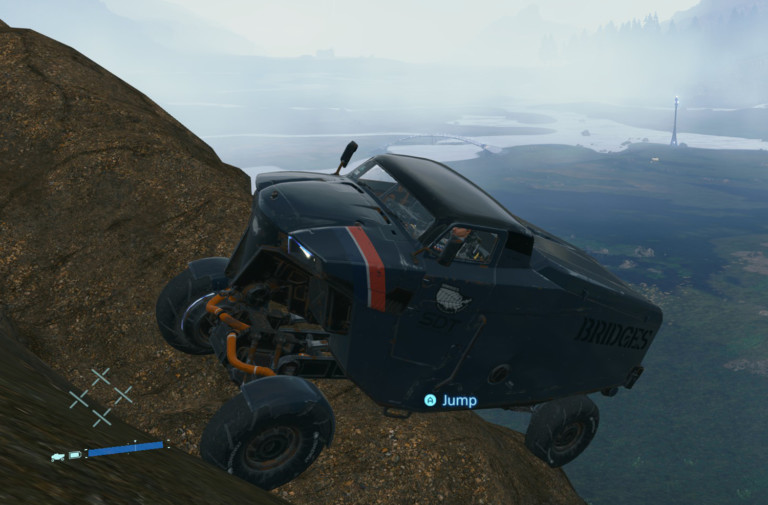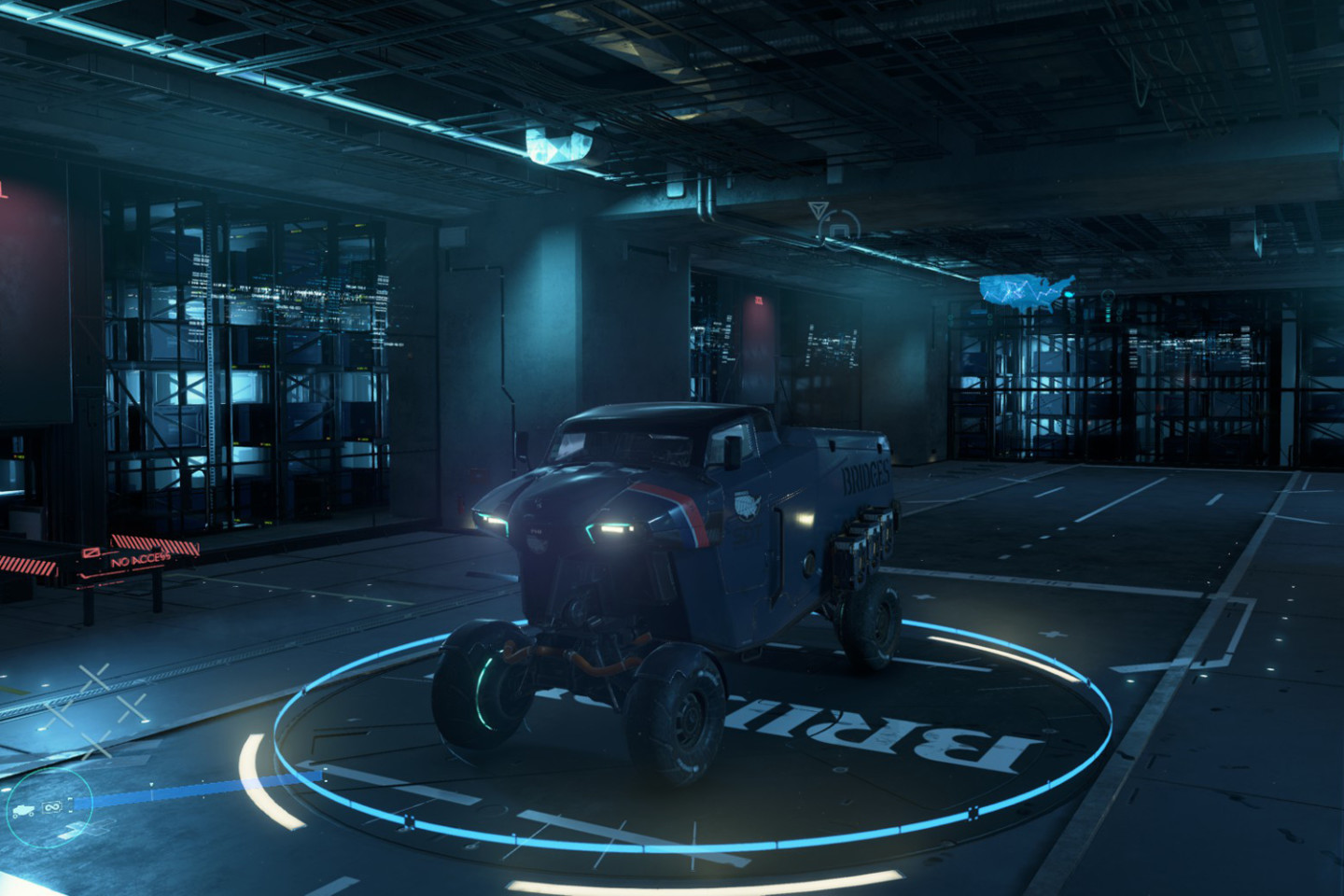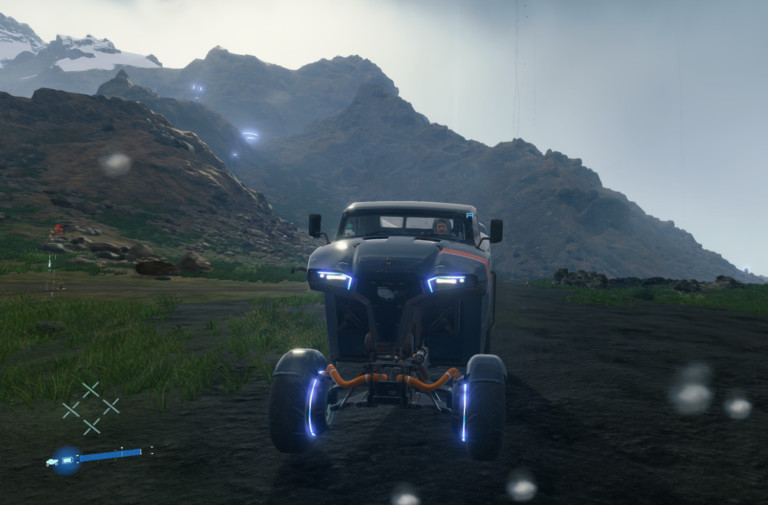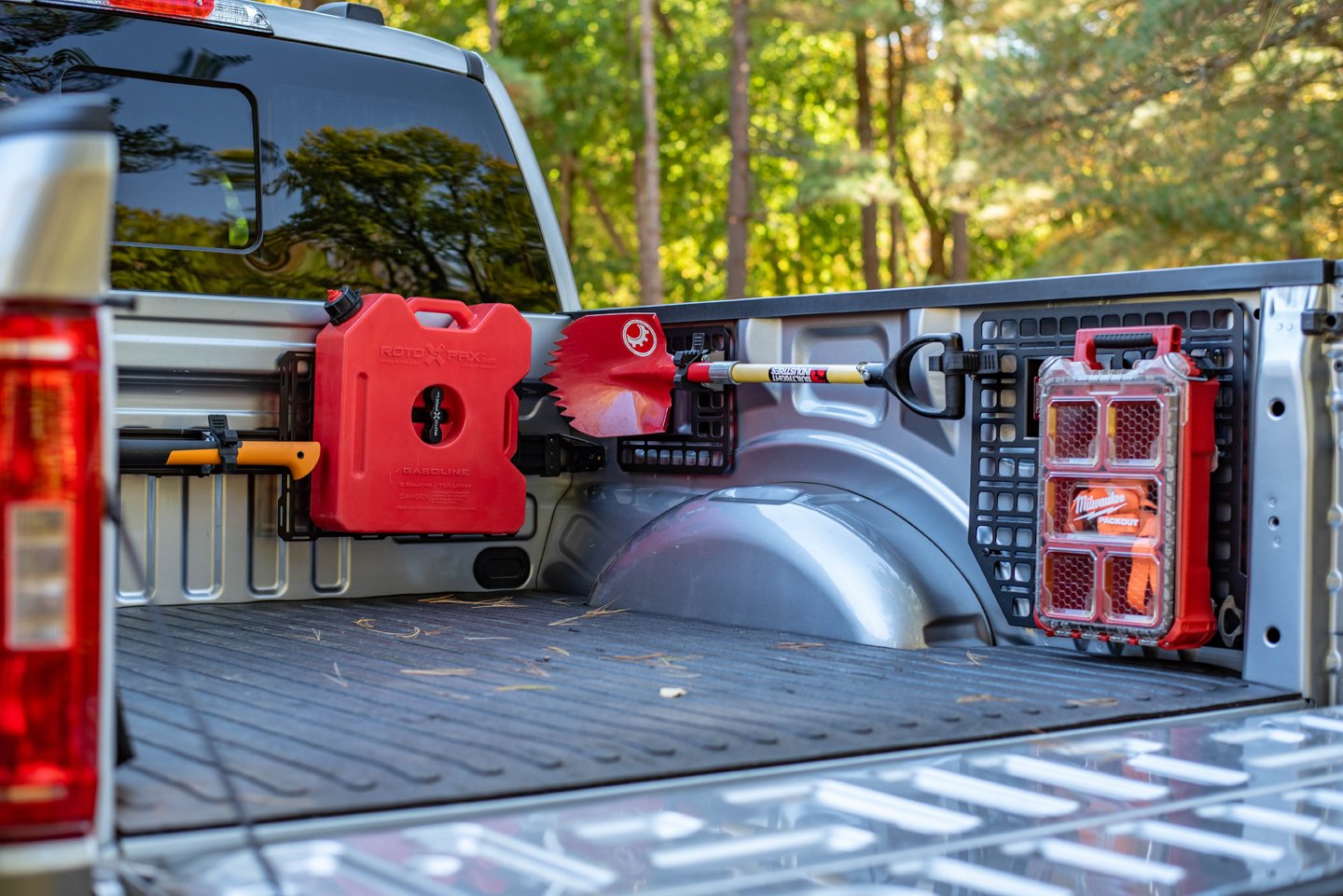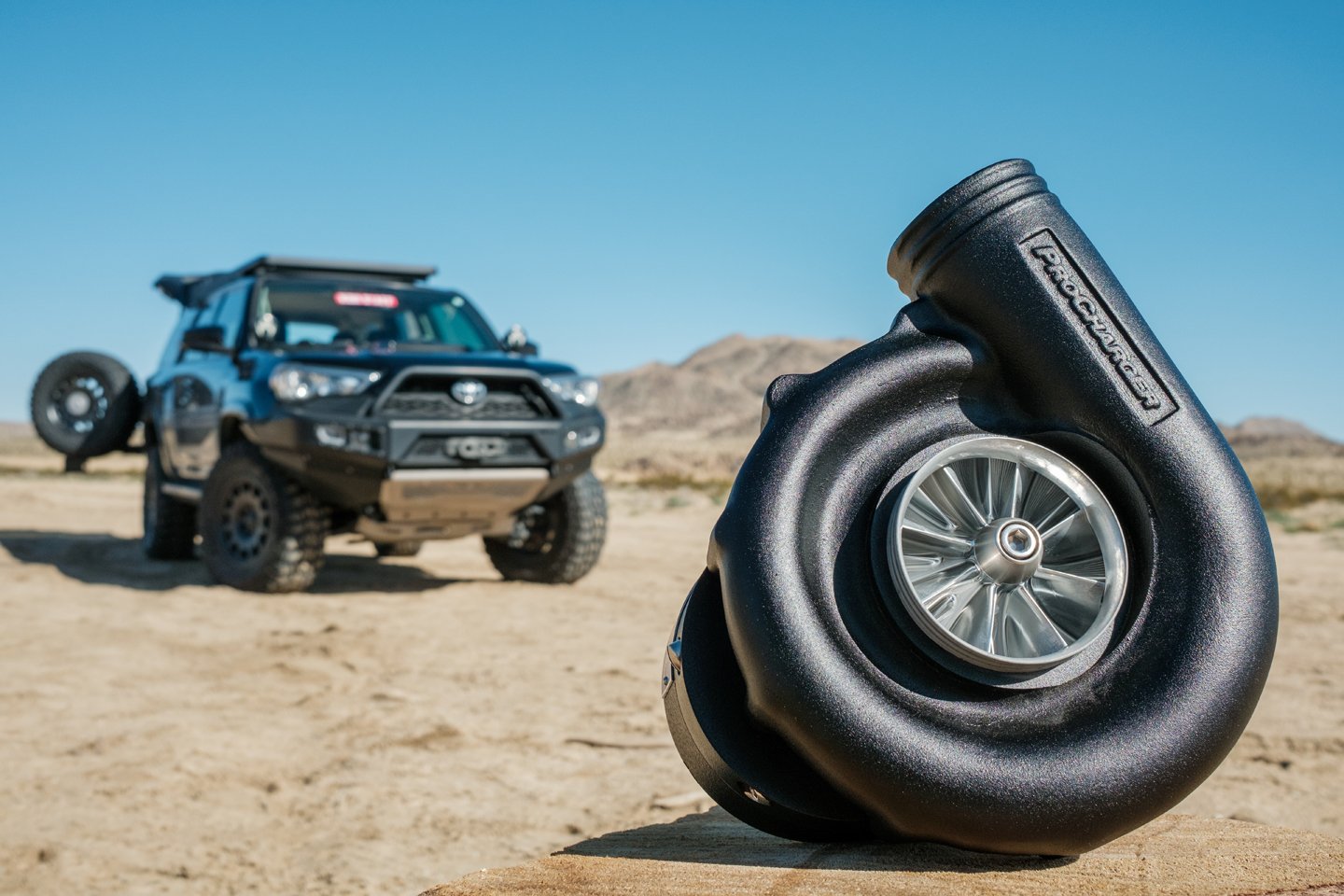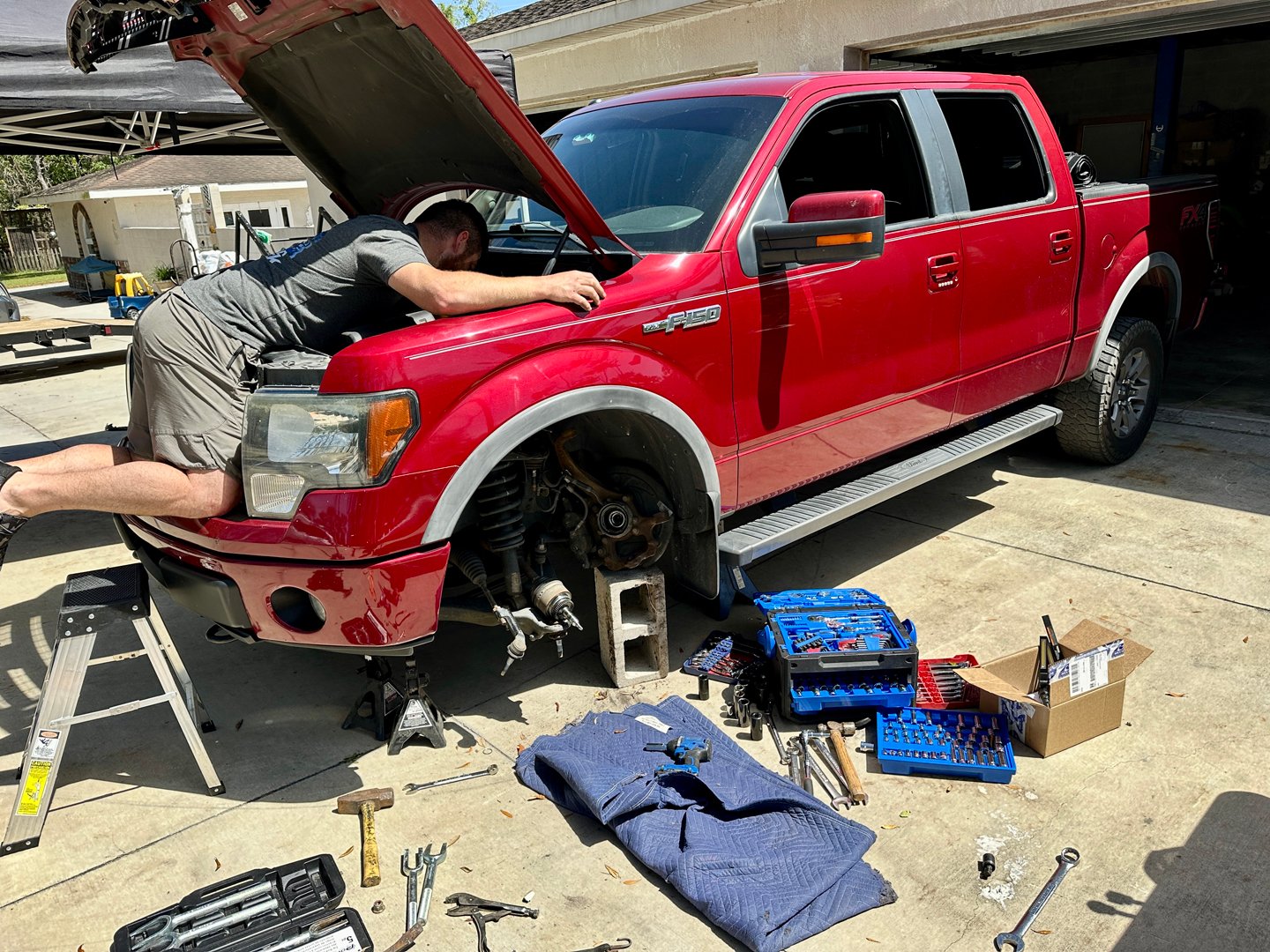There I was, driving my 2000 Toyota 4Runner around some hills in Southern California, when I came to a steep downgrade. I honestly should’ve scoped it out ahead of time. But my luck hadn’t let me down thus far, and I was confident my SUV could keep going. Mind you, this was a two-wheel-drive rig and no locking differential, so traction wasn’t this thing’s strong suit.
As I made my way down, everything was going well. But then came a sudden drop-off. I’m talking almost 90-degrees vertical, practically a sheer cliff. I was committed; there was no turning back or running along the side of the slope. All I could do was brake-check my way down and go along for the ride.
Thankfully, the drop-off was short, maybe 10 yards, and smoothed into a half-pipe that leveled out at the bottom. My heart pounded and my hands shook. It was the closest I’d ever gotten to wiping out on the trail. I shudder to think what would’ve happened if the 4Runner went upside down, how I would’ve gotten home, how I would’ve explained it to my friends and family.
But I made it and lived to tell the tale. It was one of those experiences I’m glad to have lived through, and one I’d much rather re-enact virtually in video games than relive in real life. And since video games are the way I usually spend my free time these days, I figured it’d be good to compare two games that offer off-roading as a central component of their gameplay – those being Spintires and Death Stranding – and showcase what one gets right, while the other gets frustratingly wrong.
Spintires: Off-Roading Done Right
From the ground up, Spintires focuses completely on showcasing proper off-roading. It was the first proper video game to dedicate itself to realistic terrain physics and opened the door for many gamers into off-roading and how it works.
First released in 2014, it started off as a successfully crowdfunded project on Kickstarter. Its lead creator, Pavel Zagrebelny, must have had some firsthand knowledge of driving heavy-duty trucks through hellish muddy landscapes, as he perfectly nailed the experience in-game.
The core premise of Spintires is off-road driving through mud-ridden, forested landscapes in a corner of the world. Hauling cargo from one spot to another is typically the objective, and to get there, you must lock axles, hook up winch cables, and drop into 4-Low to do so. In short, it perfectly encapsulates the off-road experience, thanks in no small part to its unique mud physics. I won’t get too in-depth on it, but there are tech discussions you can find online where Zagrebelny goes into greater depth on how he achieved the lifelike muddy driving physics – if you’re curious about it.
I first played Spintires on release and went all out, buying a gaming steering wheel, shifter, and pedal setup. It was some of the most fun I’ve ever had in a game.
Driving through water is some of the most nerve-wracking and exciting gameplay you can do in Spintires.
What I enjoyed most was how seamless it was to incorporate what I knew from real life into the game; mainly, “picking a line.” In several instances, a path in Spintires offers many approaches, and it’s up to the player to choose the right one.
It’s similar to how in real life, off-roaders must figure out what approach will offer the best chance of overcoming an obstacle. Going straight might indeed be the shortest route, but the mud probably gets deeper in the middle, so it’s better to stick to the edges. That intuition is rewarded in a game like Spintires and makes it all the more fun. Plus, it teaches novices this same lesson as they play more and more of the game.
Winching is a vital part of Spintires' gameplay. Nothing's more satisfying than recovering a stuck vehicle!
Spintires went on to spawn sequels including Mudrunner and Snowrunner, and it’s looking good for the franchise going forward. I hope as more and more people learn about these games, they start to appreciate the joy the off-roading and try it out in the real world.
Now that we’ve explored how one game gets off-roading right, it’s time to check out the flipside. For all of its critical acclaim and heavy themes, Death Stranding is a game that features off-roading, but more as an afterthought than a true adaptation.
Death Stranding: It Hurts, Make It Stop!
Death Stranding is a different type of game, and more recent, since its launch on Steam during summer 2020. While its story and themes are much headier, it does share similarities with Spintires in that it involves delivering cargo from one spot to another, often through treacherous and difficult terrain. As such, I think it’s fair to weigh them against each other and ponder why Death Stranding and off-roading just don’t mix.
The setting of Death Stranding places it in alternate, post-apocalyptic United States. For reasons too long to get into here, the land fundamentally changed from what we know now. Mountains, rivers, valleys, forests, rock patches, snowy summits, and grasslands are the norm. Asphalt roads are all but gone, leaving it a pure off-roading paradise. The game lets you choose either a motorcycle trike or a boxy truck as your modes of transportation, and given the option, I almost always choose the truck.
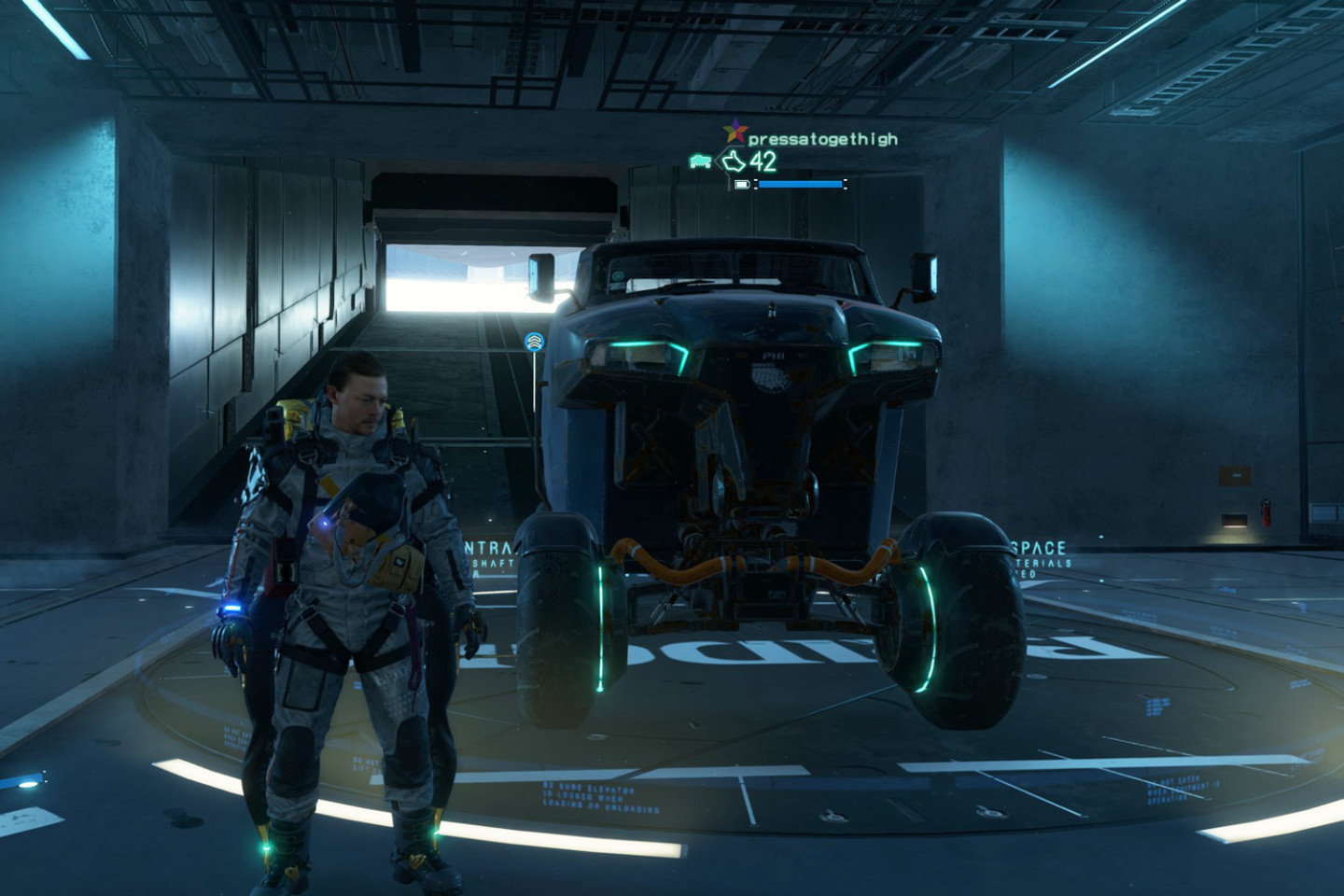
The truck of Death Stranding is an odd beast. It uses an electric motor. Also, the hydraulic suspension lifts and lowers the front and rear axles simultaneously (for crossing rivers or climbing over rocks).
While it’s fine navigating over rocky obstacles and can somewhat handle driving along slopes, the truck is a pain in the ass when it comes to steep grades or fording rivers. The former is where it really falls apart.
For whatever reason, when I need to drive the truck up a slope to make it over a mountain or hill, the tires become coated in grease. Then the truck goes into a freefall back down the slope. Thankfully, I don’t have to put up with losing balance and end-over-end rolls, but enduring these kind of try-try-again scenarios makes off-roading in the game beyond frustrating.
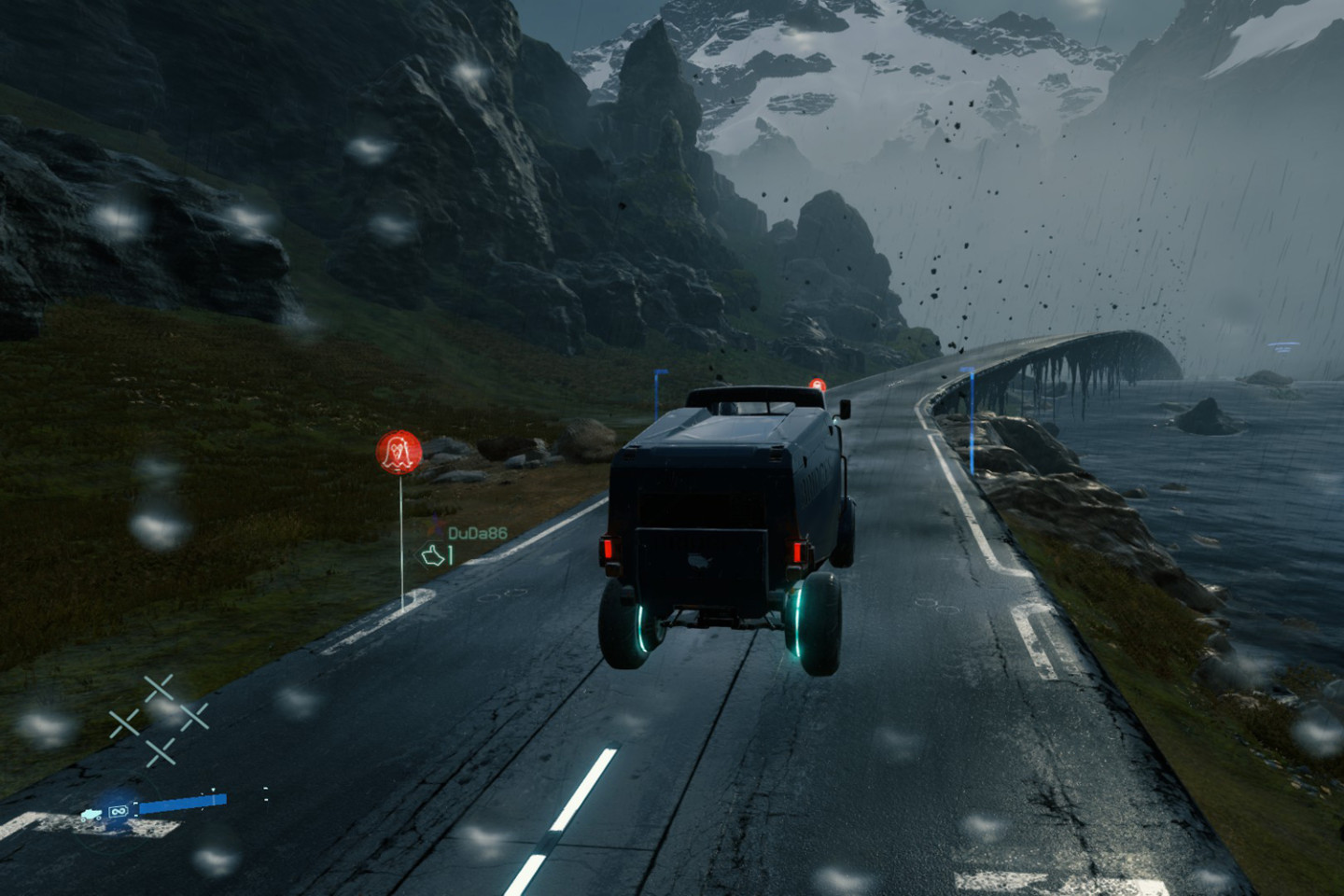
Despite the allure of driving off-road in Death Stranding, it usually makes more sense to build and use asphalt roads. The roads avoid enemies and harsh terrain.
Due to the truck's suspension setup, it frequently high centers on rocks or sharp crests. Thankfully, it can "jump" itself off of these obstacles most of the time.
It doesn’t help that the truck has none of the tools it would need to navigate a landscape as difficult as Death Stranding’s. The axles don’t lock, the winch doesn’t exist, the tires don’t deflate, nothing. About the only trick up the player’s sleeve is a nitro boost-like mode. This comes in handy during long drives on rebuilt roads or as a way of escaping enemies, but it’s a crapshoot for hill climbs. I’ll hit it if I have a clear path up and over an obstacle, but otherwise, I’ll wind up slipping and sliding my way down (or worse).
The only other action a vehicle can perform is “jump.” It’s literally what it sounds like, as the suspension forcefully hits full bump and sends the vehicle flying for a bit. It helps when high-centered on a rock, but has very little utility outside of that scenario.
So you might be thinking, well, if the truck sucks that much, what about the trike? Truth be told, it is a far better vehicle for navigating the world of Death Stranding. It’s slimmer, faster, and it offers better handling.
But for all those positives, it has its downsides. Chiefly, its weight capacity for storing cargo sucks. In a game all about delivering cargo, that’s a hard tradeoff to accept. Plus, it stretches the limits of believability when it forces me to carry 20 suitcases of cargo on my back, which apparently don’t affect the fuel range or weight balance while driving.
Unfortunately, I couldn’t find any developer talks sharing the process behind what it took to create realistic vehicles in Death Stranding. Whoever they are, I’m sure they did the best they could with the knowledge and time limits they had. I just wish the vehicles could deliver on the realism like so many other aspects of the game do.
Conclusion
Spintires and Death Stranding both offer off-road vehicles and off-road driving. Where they differ is that while Spintires nails the experience, Death Stranding more or less tacked it on as a gameplay element and didn’t do enough to make it feel authentic.
However, their differences aren’t their downfalls. I enjoy both games for personal reasons. In my mind, Spintires is like a sharp axe. It’s perfect for doing one job, and one job only – recreating off-road driving to a “T.” Or rather, “M,” as in “mud.” Death Stranding, on the other hand, is like a massive mural. Sure, there might be some places where it’s less appealing or less well-developed. But the game is more than the sum of its parts. Its excellent story, rich world, interesting characters, and more all combine to make it a true work of art.
My hope is one day, there’s a game that mixes the greatest strengths of Death Stranding and Spintires. A story that’s compelling with relatable characters, while also doing its best to accurately portray off-road driving. I can almost see it in my mind; something to do with off-road racing, offering choices to the player that affect the story, and capturing the essence of what it’s like behind the wheel.


